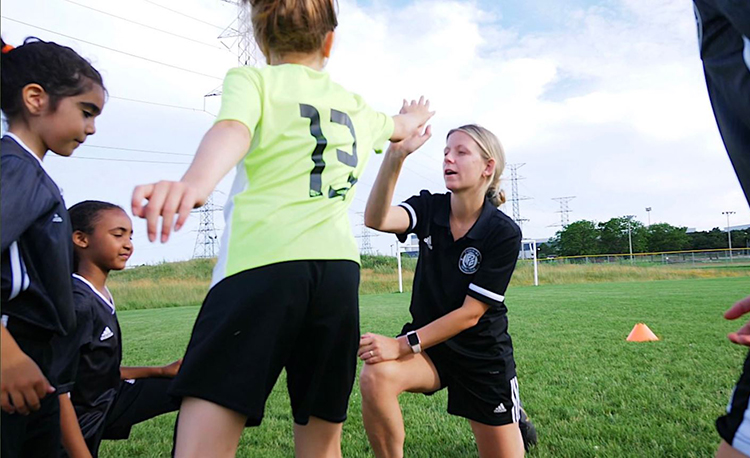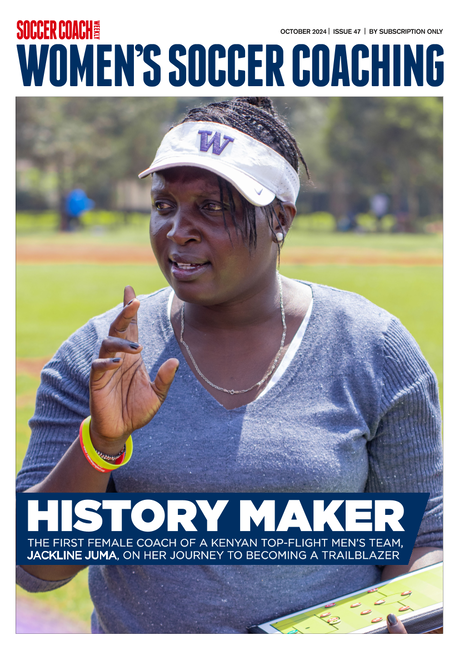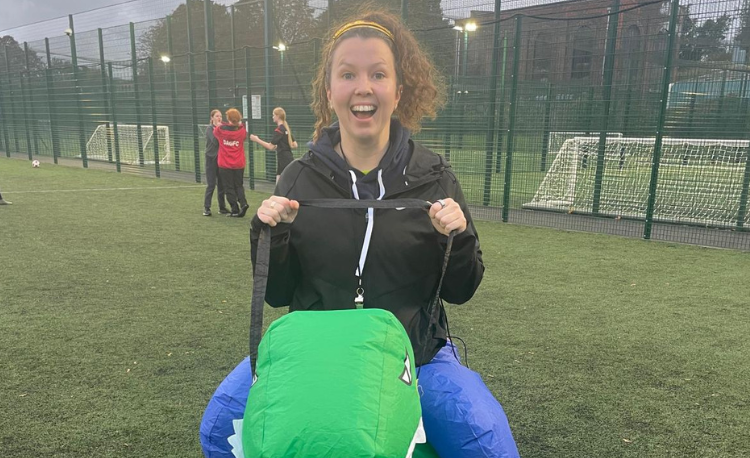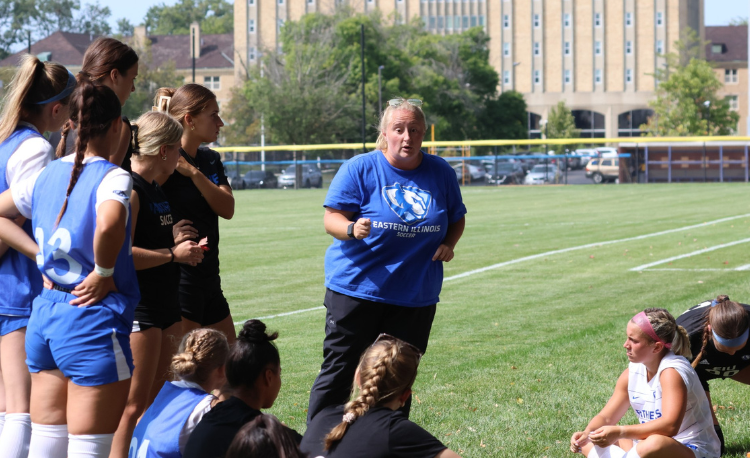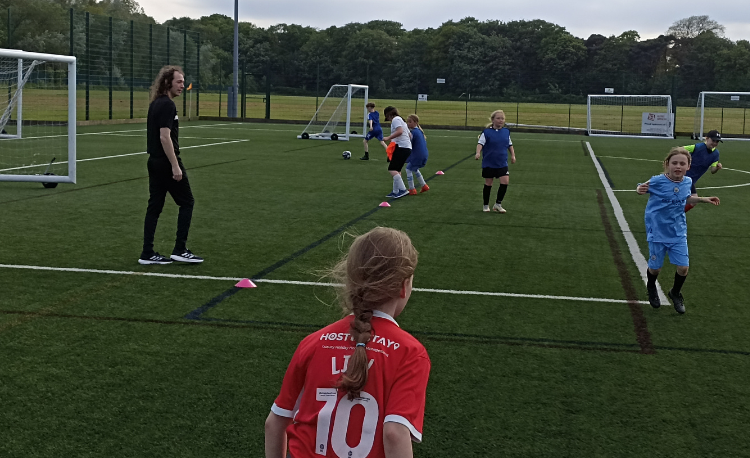You are viewing
1 of your 3 free articles
5 Cs to get the best from youngsters
Young grassroots players are often full of energy and excitement when they start playing soccer. Here are some tips on creating a culture that keeps them in the game
If you work with ages 5 to 11, you have more than likely experienced the endless energy and excitement children of these ages bring with them to the pitch.
So how do we, as grassroots coaches, create an environment that meets their needs, fuels their interest and supports their growth as people and players?
Here are five ‘Cs’ to help create a culture tailored to our youngest grassroots players...
01. The Child
Everything we do - the decisions we make and the sessions we plan - must be centred around the child.
To create the best environment for children to learn and play, we must know who they are and how they learn, so we can tailor our approach to suit their needs.
For example, a child of six will be different from one of eight; and a child just starting to play at eight may be different from a child of the same age who has played for three years.
By improving our ability to understand child development at different ages and stages of life, as much as we understand the Xs and Os, magic will happen.
02. Challenge
Ask yourself why you love a challenge. Now consider a child and how those same considerations might benefit the overall learning experience.
Providing children with game-related challenges encourages their creative thinking and problem solving and can unlock something they may not have done before.
These challenges can be individual ("How many different ways can you take on an opponent in the next two minutes?) or directed to a group ("Try to create a scoring opportunity by using the wide areas").
As children are working through the challenges, observe the action and communicate with supporting questions, not suggestions, to guide them. The idea is to allow the players to solve the problem without us telling them ‘the how’.
To motivate and support the players, coaches can hand out points and/or praise. For example, a goal scored by attacking using the wide areas will receive three points or taking on an opponent using a “secret mission move” will receive a bonus point.
Challenges allow us to give a frame of reference by helping the players strive towards a topic or task.
03. Connection
It is so important to get to know the people we are coaching - ask them questions, talk to them, show them you care about them as a person, not just as a player.
When I think back on my own coaching and playing experiences, it is the people who showed me they cared who have made lasting impressions on me.
Forming connections is all about building a safe space for children to be themselves and can be the key to creating that desired learning environment.
04. Context
When coaching children, start with the fundamentals to ensure we create a good foundation to build on in future years.
The focus at the youngest ages is all about the player and the ball, so design sessions to maximise their time on the ball.
Session design should always be relevant to the age and stage of development and delivered through a variety of activities and games to develop their confidence, comfort and creativity on the ball.
Within sessions, give players the chance to assess scenarios and make decisions based on their perception and experience.
Children learn through play, so session design should provide them with the freedom to explore their environment - which in this case is the game.
05. Communication
It is vital we know how to talk effectively with children to help create that ideal environment for them to thrive.
You must be simple and clear, get down to their level, ask questions and listen, use an appropriate tone of voice and consider your non-verbal communication.
Related Files
Newsletter Sign Up
Newsletter Sign Up
Discover the simple way to become a more effective, more successful soccer coach
In a recent survey 89% of subscribers said Women's Soccer Coaching makes them more confident, 91% said Women's Soccer Coaching makes them a more effective coach and 93% said Women's Soccer Coaching makes them more inspired.
*includes 3 coaching manuals
Get Inspired
All the latest techniques and approaches
Women's Soccer Coaching offers proven and easy to use soccer drills, coaching sessions, practice plans, small-sided games, warm-ups, training tips and advice.
We've been at the cutting edge of soccer coaching since we launched Soccer Coach Weekly in 2007, creating resources for the grassroots youth coach, following best practice from around the world and insights from the professional game.
